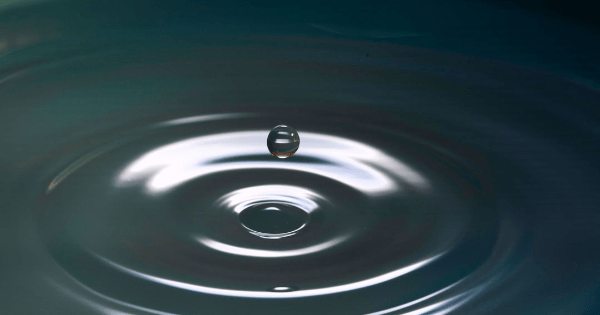
Running a water treatment and storage plant comes with a host of challenges. Corrosion, contamination, and water leaks are the bane of most storage tanks. You need to conduct regular inspections on your vessels to ensure that the water quality isn’t compromised.
A practical solution would be to install water treatment tank linings that prevent the surfaces of the troughs from coming into contact with the stored water. There are different types of liner products used, such as epoxy, cementitious liners, and zinc liners. Even though they are different, they all come with some common benefits.
Below are some of those common benefits of using either one of these linings.
1. Durability
Tank linings significantly extend the service life of your tanks. Water treatment storage tanks weather harsh climatic conditions that ultimately affect their structural integrity. The vessels are subject to wet-dry cycling, freeze-thaw cycling, and chemical corrosion year after year. Tank liners for water systems can breathe new life into your storage vessels. Relined tanks can serve another 15 years with proper maintenance procedures.
2. Customization
Containment materials are usually flexible, allowing for easier tank relining. Custom tank liners take up the shape of the storage vessels. The custom-fit allows the containment materials to accommodate any structural movement, preventing leaks even when there are ground movements. Besides, you can install customized leak detection monitors that identify water leaks whenever they occur.
3. Easy Installations
Water storage tank liners are relatively easy to put up. Materials such as polyurethane and epoxy are painted over the tank and given time to dry and cure. The speedy installation process helps minimize disruptions to your water system. Additionally, it is easier and cheaper to reline your storage tanks than building new tanks afresh.
4. Regulatory Compliance
Water is an extremely vital resource, and hence its purity must be maintained. All water tanks containing water for human consumption require protective coatings and linings. Storage vessels with a capacity of over 110 gallons require inspection approvals from the EPA. The water treatment tank lining should also meet NSF-certification requirements before use.
5. Corrosion Resistance
Tank liners are made of chemically-inert materials that form a protective coating between the stored water and the water vessels. The surface of the water treatment tanks is exposed to a wide variety of aggressive substances such as acids, salts, and UV radiation. The chemical liner provides an effective barrier that prevents corrosion of the metal and concrete structures.
6. Prevent Water Contamination
Corrosion of your water tanks increases the risk of contamination. Cracks and spalls within the wall linings also provide a habitat that supports the growth of bacteria colonies. Waterborne pathogens such as pseudomonas, legionella, and biofilm can spell disaster within your water tanks. Keep your water safe by installing a water treatment tank lining over your storage vessel.
7. Cost-effective
The cost of putting in a water tank liner is lower than replacing the water tank. Linings extend the life of the existing structures, allowing you to save on construction costs. Additionally, industrial tank liners are easy to clean and maintain. The containment materials offer a better alternative to building a double-walled concrete shell for your water storage facility.
In Conclusion
A water treatment tank lining will not only extend the service life of your vessels but also keep your water safe, clean, and accessible for use. Flexi-Liner can install custom tank liners on your water tanks at an affordable price.
